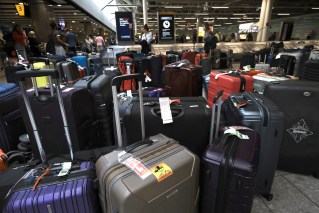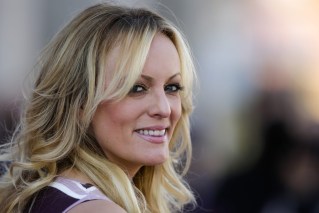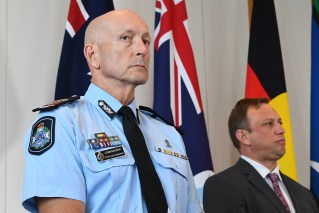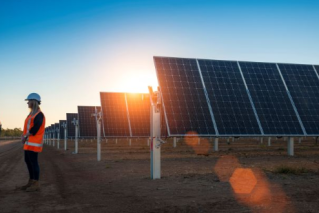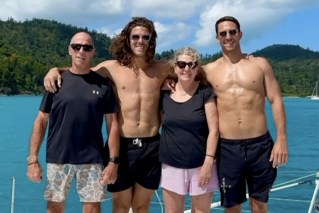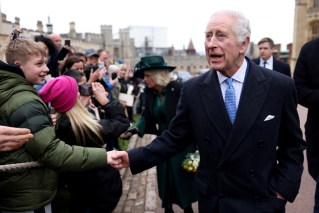No man’s land, but Australian foreign minister signs a treaty with it anyway
Australia is among the first in the world to sign a landmark treaty to protect vast swathes of the ocean no country officially owns.
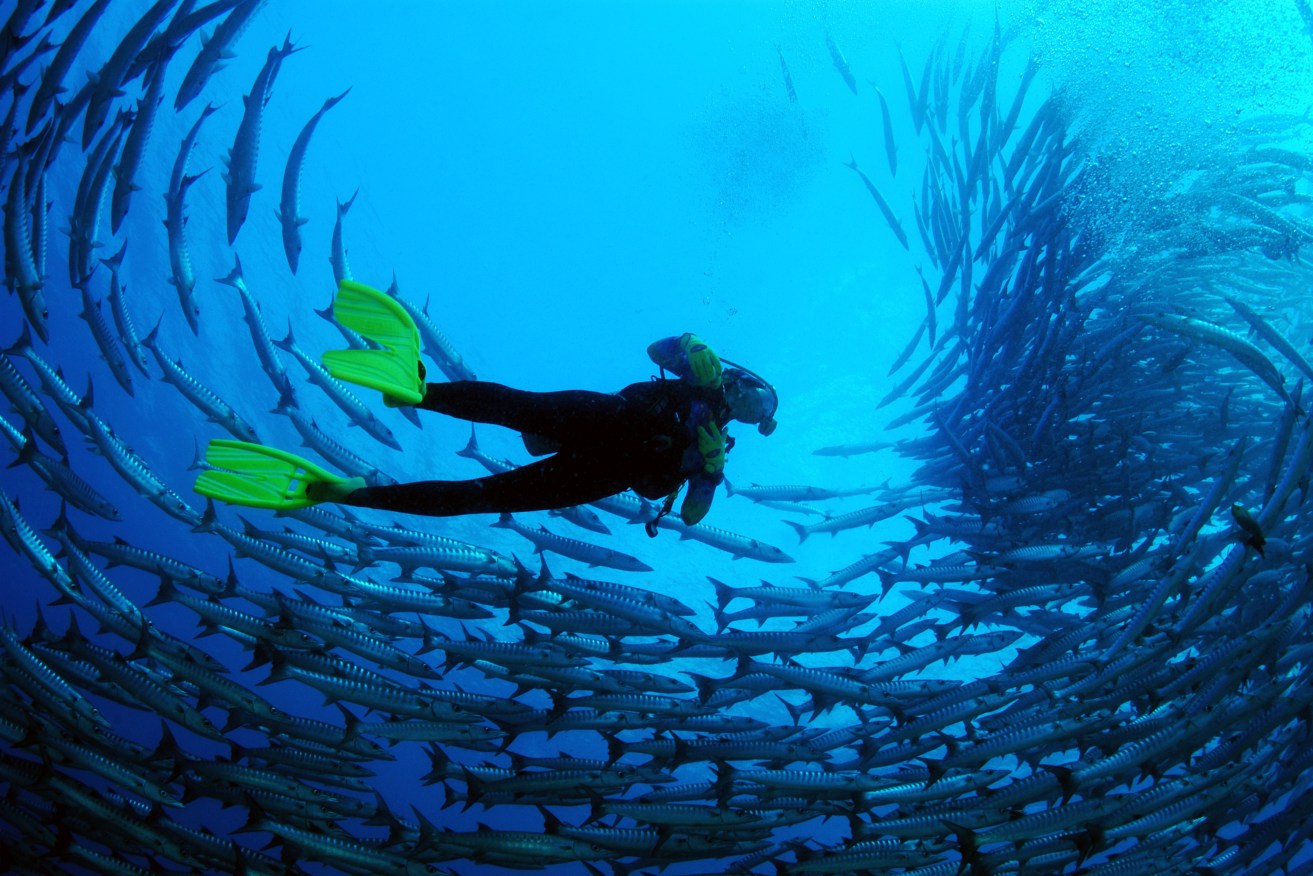
Two elderly snorkellers have lost their lives while diving on the Great Barrier Reef in just two weeks. AAP Image/Lonely Planet Images, Tim Rock)
Foreign Minister Penny Wong made the announcement at the United Nations General Assembly in New York early on Thursday, Australian time.
The legally binding biodiversity pact for the high seas addresses an astonishing lack of protection for parts of the ocean that lie more than 200 nautical miles offshore.
That puts them beyond the exclusive economic zones of the world’s nations, with almost no safeguards and heavily exposed to over-exploitation.
Collectively these areas cover almost half of the earth’s surface and account for about two thirds of the global ocean.
But despite being so immense and vital for planetary health, they have lacked basic protections countries have been enforcing within their realms for 50 years. Until now.
The treaty finally establishes a mechanism to set up marine protected areas on the high seas.
It also enshrines articles to achieve more cooperative management of global fisheries and deal with pollution threats.
Nations that sign on will have to assess the environmental impacts of any planned activities beyond their jurisdictions.
Senator Wong says Australia understands global challenges including climate change impacts and biodiversity loss demand global approaches.
“Australia is working to ratify the treaty and bring it into force as soon as possible,” she said.
Earlier this month, at a regional environment summit in the Pacific, Environment Minister Tanya Plibersek secured agreement from Pacific countries, the US, the UK and France to sign and ratify the high seas treaty as soon as possible.
On Thursday, she said the treaty would help Australia and the world deliver on a target to protect at least 30 per cent of the planet’s land and sea areas by 2030.
“The high seas cover 60 per cent of the world’s surface and only about one per cent of these oceans are currently protected.”
Conservation groups have applauded the news, calling it a historic commitment.
Greenpeace CEO David Ritter praised the Australian government but said it must also accept ongoing support for fossil fuels was severely hurting marine environments in Australia and the Pacific.
“We urge minister Plibersek to recognise the enormous threat that projects like Woodside’s Burrup Hub pose to our oceans and to knock back this disastrous proposal.”
Kate Noble, from WWF-Australia, said the treaty cements Australia’s commitment to protect oceans and marine wildlife threatened by climate change, unsustainable fishing, and plastic pollution.
“It will give us a stronger chance of protecting important migratory routes for whales, sharks, turtles and birds, as well as deep-ocean ecosystems.”
Australia will provide $3 million through the Office of the Pacific Ocean Commissioner over the next three years to support Pacific countries to sign and ratify the pact.
The Save Our Marine Life alliance of 27 conservation organisations, led by Pew Charitable Trusts and the Australian Marine Conservation Society, praised the government for its leadership on the treaty.


